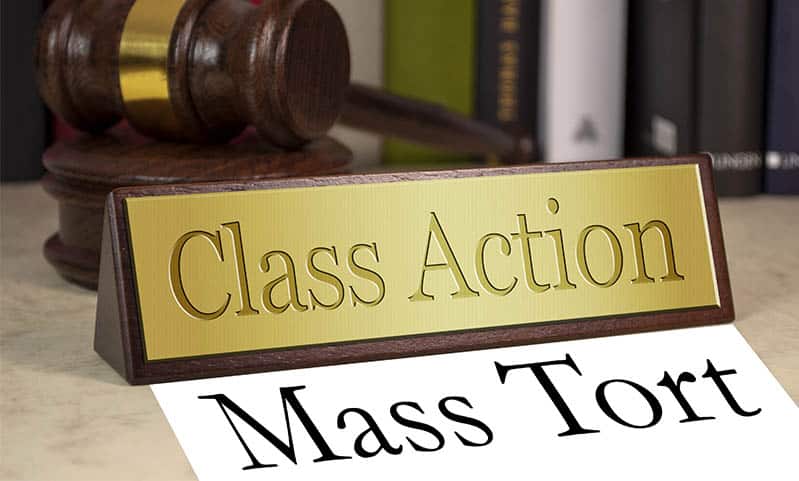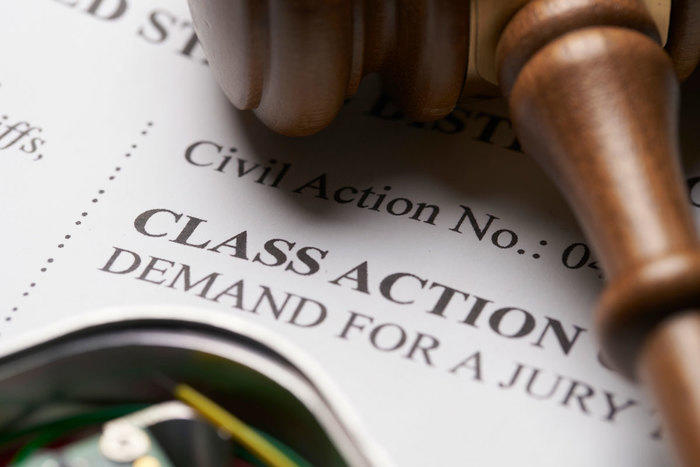Legal Understanding: Browsing the Landscape of Class Action Lawsuit Situations
Comprehending Class Action Claim: An Overview for Lawyers
Course action legal actions have come to be an important part of the lawful landscape, allowing for the consolidation of numerous claims right into a single action. By delving right into the complexities of course action suits, this overview equips legal representatives with the knowledge and devices needed to effectively browse this complicated location of law.
The Fundamentals of Course Action Legal Actions
Class activity legal actions are a legal system employed to combine comparable claims from a group of people into a solitary legal action, giving a cost-efficient and reliable approach to seeking justice and resolution. This kind of legal action allows a representative plaintiff, acting on behalf of the whole course, to bring a case against a defendant who has allegedly caused damage or breached the legal rights of numerous people.
The basic requirements for bringing a course action suit include numerosity, commonness, typicality, and competence of representation. Numerosity refers to the fact that the class need to be so huge that joinder of all participants would be unwise.
Course action lawsuits can be advantageous for both defendants and complainants. For plaintiffs, it allows them to merge their resources and share the risks and prices related to litigation. When they are up against huge companies or entities, it also supplies a level having fun field. For offenders, it provides the possibility to effectively deal with several claims in a solitary suit, staying clear of the need to prevent many individual claims.
Identifying and Assessing Potential Course Participants
After establishing the standard needs for a class activity claim, the next step is to recognize and analyze potential class participants. If they fulfill the necessary criteria., this process includes identifying that might be component of the course and reviewing their cases to determine.
To identify potential class members, lawyers commonly perform extensive research and gather relevant details. This might entail assessing records, performing meetings, and taking a look at documents to determine individuals or entities that may have been affected by the claimed misbehavior. It is critical to develop a detailed and clear listing of prospective class members to ensure that all influenced celebrations are included in the lawsuit.
When potential course members have actually been recognized, the next step is to analyze their insurance claims. If they meet the lawful requirements for class certification, this includes evaluating the qualities of each individual case to figure out. Lawyers should thoroughly assess the realities, evidence, and legal theories of each possible course participant's claim to ensure that they have a practical case.
Analyzing potential class participants also includes determining whether they satisfy the course definition and have experienced comparable harm as a result of the accused's activities. This calls for contrasting the facts and scenarios of each possible course member's scenario to the allegations and legal theories presented in the legal action.
Navigating the Class Accreditation Refine
To successfully browse the course qualification procedure, lawyers should carefully follow the step-by-step needs stated by the court. Course qualification is a vital action in a course activity legal action, as it determines whether a case can proceed as a class action, representing a team of people that have comparable cases versus a defendant. The process involves satisfying particular requirements, such as numerosity, commonality, typicality, and adequacy of depiction.
To start with, lawyers should develop numerosity by showing that the class is so big that individual joinder is unwise. This can be achieved via evidence or expert testament. Second of all, they have to develop commonality by showing that there are common inquiries of regulation or reality that predominate over private problems. This requires a detailed analysis of the cases and defenses included.
Next, legal representatives have to reveal typicality, which means that the representative plaintiff's cases are typical of the claims of the course participants. This ensures that the rate of interests of the depictive complainant line up with the interests of the class. Lastly, legal representatives should show competence of representation, implying that the depictive plaintiff and their advice will fairly and adequately stand for the interests of the class.
To navigate this procedure successfully, legal representatives should extensively prepare by conducting considerable research, gathering evidence, and creating an engaging argument that satisfies each of these requirements. They have to also be prepared to react to any kind of objections or difficulties increased by the offender. By diligently adhering to the procedural demands established forth by the court, legal representatives can increase their chances of obtaining class accreditation and progressing the passions of additional resources the course participants.

Secret Strategies for Handling Course Action Litigation
Upon efficiently navigating the class qualification process, attorneys must then apply key techniques for properly managing class action litigation. These techniques are critical to ensure that the situation proceeds smoothly and successfully, ultimately optimizing the chances of a desirable outcome for the class participants.
One trick technique is to develop a solid and visit this site right here natural lawful group (Class action lawsuit). This involves constructing a group of attorneys with competence in course action lawsuits, in addition to various other relevant areas such as the certain industry or subject included in the case. A well-rounded team can bring different perspectives and skills to the table, enhancing the overall effectiveness of the litigation
Another essential technique is to establish a well-thought-out and detailed litigation plan. This plan must detail the total purposes of the instance, along with the certain lawful theories and arguments that will be sought. It should also include a timeline and budget plan to guarantee that the situation remains on track and within the allocated sources.
Furthermore, attorneys ought to actively involve with the course members throughout the litigation procedure (Class action lawsuit). This consists of supplying regular updates on the progression of the instance, seeking input and feedback from the class participants, and resolving any type of issues or questions they may have. By cultivating open communication and collaboration, legal representatives can build trust fund and assistance amongst the course members, which can be crucial in accomplishing an effective resolution
Clearing Up Class Activity Suits: Negotiation and Authorization
When it comes to settling course action claims, effective arrangement and obtaining authorization are necessary steps in attaining a resolution. Class action legal actions are intricate and include a a great deal of complainants, making it important to get to a negotiation that is fair and acceptable to all celebrations involved.

Once a settlement contract is reached, it needs to be accepted by the court. The court's duty in this procedure is to ensure that the settlement is fair, sensible, and appropriately safeguards the passions of the course participants. The court will certainly think about aspects such as the nature of the insurance claims, the stamina of the proof, the prospective healing for the class members, and any objections elevated by class members.
Acquiring court approval is vital as it you can try this out offers finality to the settlement and protects the interests of the course participants. It makes sure that the settlement is binding and enforceable, and class members can obtain their rightful settlement.
Final Thought

Course action suits have ended up being an essential part of the lawful landscape, permitting for the loan consolidation of numerous insurance claims into a solitary activity. Class qualification is a vital action in a class activity suit, as it establishes whether a situation can continue as a class activity, standing for a group of people that have similar cases against an accused. By faithfully adhering to the step-by-step needs set forth by the court, legal representatives can increase their possibilities of obtaining class qualification and advancing the rate of interests of the course members.
The court will take into consideration factors such as the nature of the insurance claims, the toughness of the evidence, the prospective recuperation for the course members, and any type of arguments raised by class participants.
By recognizing and assessing prospective course participants, lawyers can figure out the stability of a course activity lawsuit.